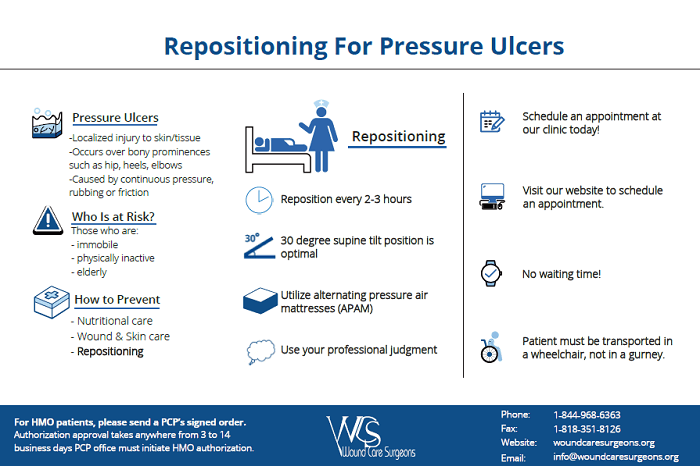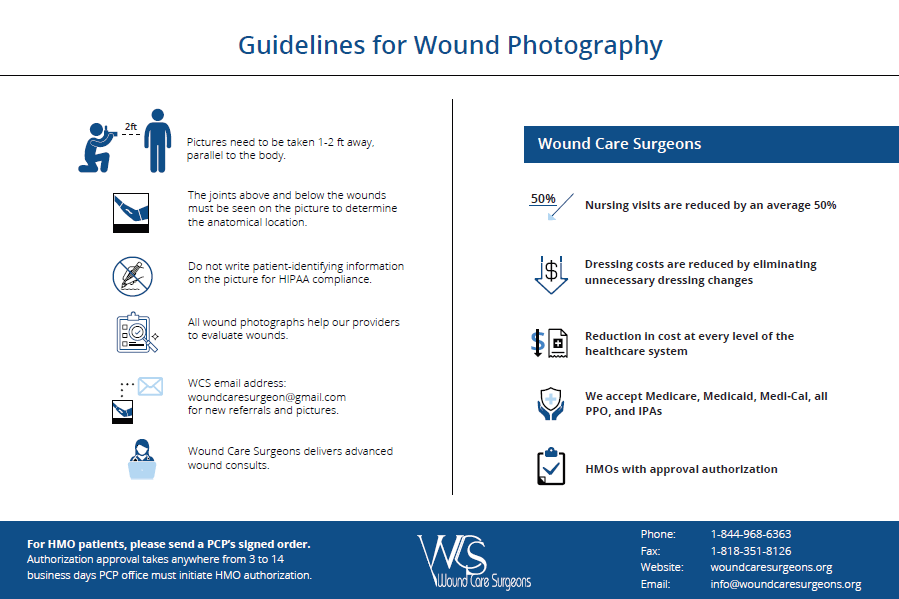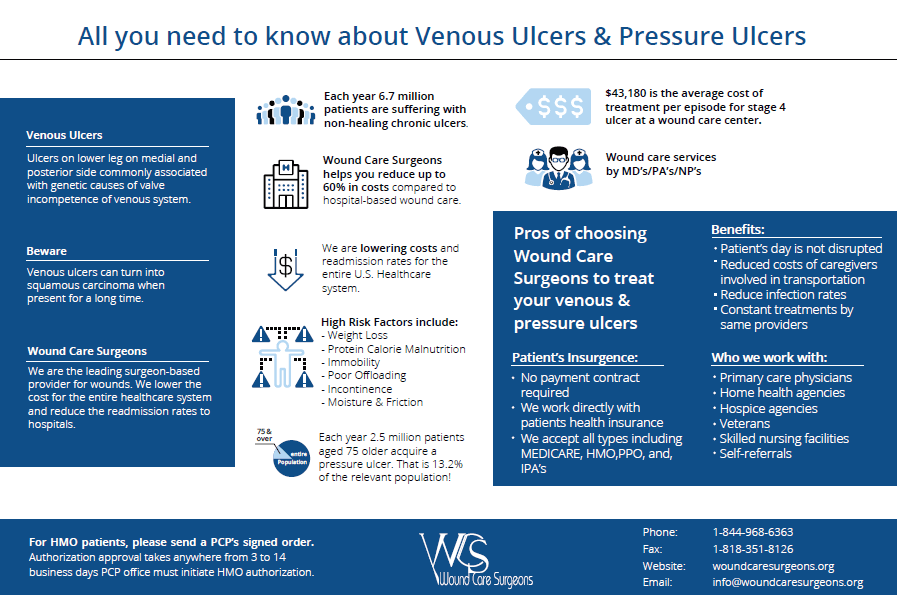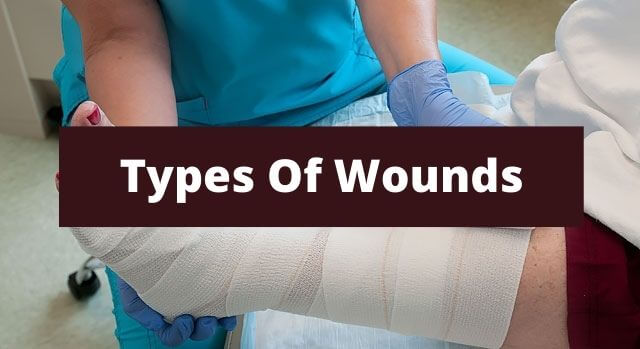
What is Pressure Ulcer?
Also known as Bedsore , Pressure Sore , or Decubitus Ulcer , a Pressure Ulcer is an area of damaged skin & underlying tissue caused by prolonged pressure on the skin that cuts-off blood flow to the parts of the body and results in injuries to the skin and tissues. A Pressure Ulcer is an open wound on the skin that often occurs on the skin covering bony areas but the most common places for a Pressure Ulcer are: hips, back, ankles, and buttocks.
In simple language, Pressure Ulcers can happen to anyone but the people who spend a long time in one position or those confined to a bed or sit in a chair or wheelchair for long periods due to several reasons such as paralysis , illness , old age , or frailty , etc are usually prone to this. In other words, people who are not in a condition to make small movements are at risk of Pressure Ulcers .
The condition can be treated but chronic deep ulcers are difficult to treat. It depends on several factors such as underlying medical conditions and the stage of the ulcer.
Causes
Prolonged pressure at a particular area of the body is the main cause of a pressure ulcer including other factors such as moisture, poor circulation, and nutrition contributing. When a person stays in one place for a long time or cannot change its position without help, it may cause the skin to break down and make people more vulnerable to pressure sores. They can develop and progress at a fast rate but the excessive moisture and skin irritants such as urine and feces can also contribute to ulcer formation.
There are three primary contributing factors for pressure ulcers. They are:
-
Pressure - If there is any constant pressure on any side of the body, it can lessen the blood flow to tissues. Due to inadequate blood supply, tissues do not get essential nutrients such as oxygen and other nutrients due to which they get damaged and might eventually die.
-
Friction - It occurs when the skin rubs against clothing or bedding especially the thin patients, frail skin, and poor circulation as turning and moving can damage the skin and increases the risk of bedsores.
-
Shear - It occurs when two surfaces move in the opposite direction.
Symptoms
The patients who are unable to move due to different conditions or use wheelchairs have a higher risk of developing pressure ulcers:
-
Buttocks and tailbone
-
Spine
-
Shoulder blades
-
Back of arms and legs
But each stage of bedsore has different symptoms. Depending on the stage, the symptoms are the following:
-
Skin discoloration
-
Infection
-
Open skin
-
Swelling
-
Pus-like draining
-
Tender areas
-
Skin that softer or firmer than the surrounding skin
Stages Of Pressure Ulcer
This ulcer occurs in four stages:
-
Stage I - There is no broken skin but it will look discolored and red. The discoloration may vary from blue to purple. You will feel warm to the touch and may be itchy.
-
Stage II - There is a painful breakage in the skin with discolored skin around it.
-
Stage III - Due to the tissue damage below the skin surface, the ulcer is much deeper within the skin
-
Stage IV - Severe damage to the skin and tissue may lead to infection including your muscles and bones.
Who is Affected?
People are more prone to pressure ulcers who:
-
Have poor eating habits or not getting enough nutrients.
-
Obesity
-
Being confined to bed with illness or after surgery
-
Medical conditions like diabetes etc
-
Inability to move some or all the parts of the body
Risk Factors For Pressure Ulcer
There are several types of risk factors for developing pressure ulcers. If a person is suffering from any of these conditions, the risk of developing bed sores get even higher. Here they are:
-
Poor Mobility/Immobility - People who are unable to change their position independently or completely immobile are at greater risk of developing pressure ulcers. Poor health, spinal cord injury, and other causes can lead to immobility.
-
Lack Of Sensory Perception - People with loss of sensation due to spinal cord injury, or neurological diseases are more prone to an increased risk of developing a pressure ulcer. The person with sensory loss is unable to feel pain and discomfort after lying or sitting in a position for a long period.
-
Changes In Mental Status - If a person is suffering from dementia or other cognitive disorders may be unable to understand the given instructions helpful in preventing pressure ulcers. They may also be unable to sense discomfort as a necessary signal to change position.
-
Incontinence - It can lead to skin damage which can further increase the risks of developing pressure ulcers. Due to the skin damage, it can be more complex for wound care experts to recognize the signs of pressure ulcers.
-
Poor Nutrition And Hydration - People who do not have sufficient and enough intake of fluids, calories, protein, vitamins, and minerals in their diet are compromised nutritionally and are at higher risks of developing pressure ulcers. Proper nutrition is crucial to ensure effective and proper wound healing.
Treatment
The treatment for the pressure ulcer depends on the stage and condition of your ulcer. It includes:
-
Try to move and regularly change your position to remove the pressure from the sore. You can use foam pads or pillows or dynamic mattresses and cushions to provide a constant flow of the air.
-
Make some lifestyle changes such as repositioning frequently and healthy eating preferences.
-
Apply dressing to protect the wound and improve healing.
-
Clean the wound properly with a saline solution after every dressing.
-
Remove dead tissue as a wound does not heal if there is any dead or infected tissue is present.
-
Take oral antibiotics or antibiotic cream to treat the infection.
-
Surgery
-
Negative pressure wound therapy
The healing process depends on the stage of your ulcer. The sooner it is diagnosed, the sooner treatment can be started and recovery can also be quick. Wound Care Surgeons may suggest you make some small lifestyle changes in your diet while later stages require more aggressive treatment.
Preventing Pressure Ulcer
Though it can be a daunting task to completely prevent pressure ulcers, there are some preventive steps patients can consider to reduce the risks of pressure ulcers. An individual can prevent the development of pressure ulcers by frequently repositioning and avoiding stress on the skin. Apart from this, taking good care of skin, good nutrition, and fluid intake, avoiding smoking & stress and daily exercises can help a lot.
Other Tips For Preventing Pressure Ulcer
1. Check the skin daily for any signs or symptoms of pressure ulcers. The patients can take the help of Bedside Wound Care Services for this.
2. Maintain a healthy and balanced diet that contains sufficient and enough protein with good sources of vitamins and minerals.
3. Quit smoking. People who smoke are more prone to develop pressure ulcers due to the damage caused to blood circulation.
4. For repositioning, wheelchair push-ups are good where the person can raise their body off the seat by pushing on the arms of the chair. The use of cushions or special mattresses is also prescribed to release pressure and ensure a well-positioned body. Avoid doughnut cushions as they can put pressure on surrounding tissues.
5. Ensure regular pressure ulcer dressings to avoid any type of infection and effective wound healing.
When To Approach Wound Care Surgeons?
If there are any signs of bedsores, the patients are recommended to change their positions to relieve the pressure on the area. If there is no improvement in the next 24 to 48 hours, contact Wound Care Surgeons.
Seek medical help if there is:
1. Any type of infection , such as fever , drainage from wounds , a sore that smells bad , or an increased redness or warmth as well as swelling around the pressure ulcer
2. Cold skin
3. Fast heartbeat
4. Severe pain
5. High temperature etc.
In these above-mentioned conditions, seeking medical help from professional wound care services is necessary. These symptoms could be a sign of a severe infection that needs to be cured immediately.



